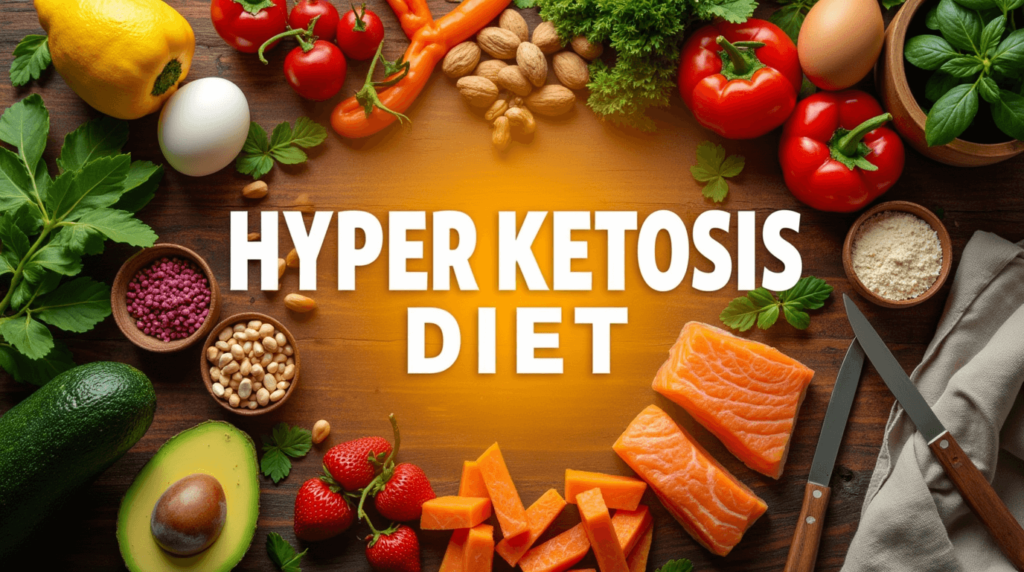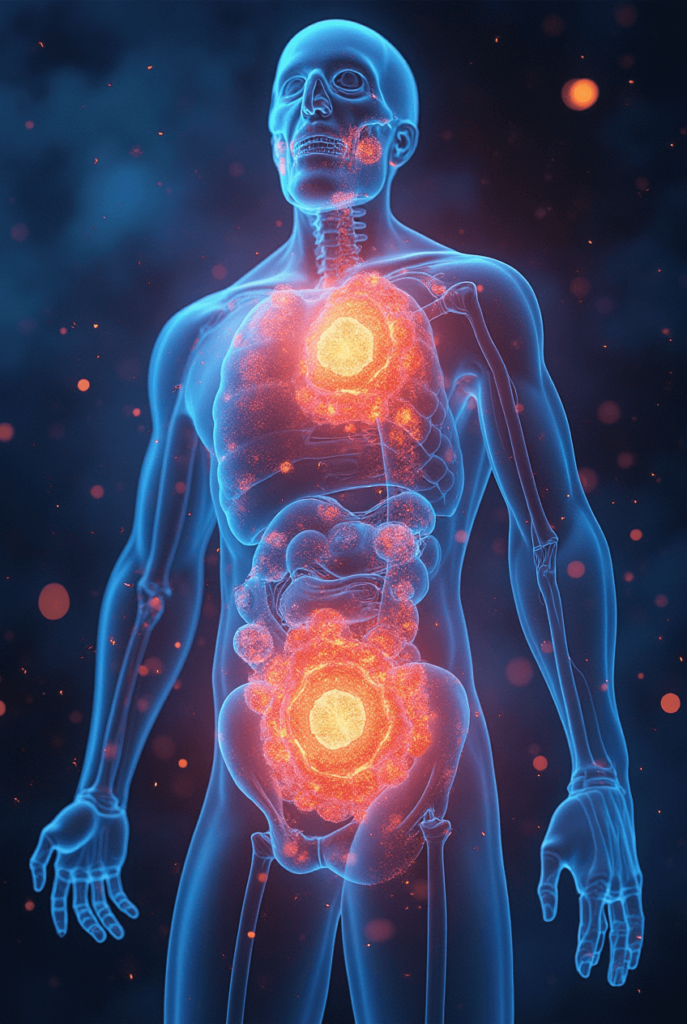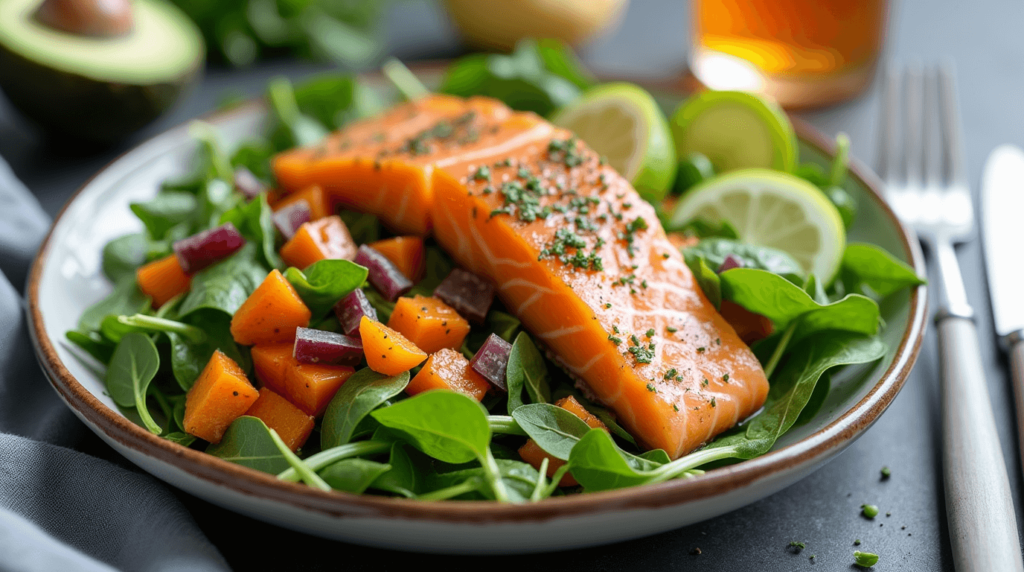The Hyper Ketosis Diet: A Deep Dive
What if there were a way to supercharge your weight loss goals, sharpen your mind, and support your overall health—all through an intensified approach to nutrition? Enter the Hyper Ketosis Diet, a more advanced version of the traditional ketogenic diet. This refined technique is designed to drive your body into a deeper state of ketosis, where fat becomes the ultimate source of energy.
If you’re someone passionate about health, looking to overcome weight loss plateaus, or simply curious about fine-tuning your nutrition for optimal results, this guide is for you. By the end, you’ll have a full understanding of hyper ketosis, its benefits, potential risks, and how to implement it effectively in your life.

Table of Contents
What is Hyper Ketosis?
Hyper ketosis is a state where the amount of ketone bodies in your blood surpasses the typical levels achieved in a standard ketogenic diet. While standard ketosis usually sees ketone levels around 0.5–3.0 mM, hyper ketosis aims for higher concentrations, often exceeding 3 mM.
Why aim for this? The goal here is metabolic efficiency—using fat as your body’s primary energy source to maximize fat burning, mental clarity, and metabolic health benefits.
How Does It Work?
By dramatically limiting carbohydrate intake and increasing healthy fats, hyper ketosis pushes the body to rely almost entirely on fat stores for energy. With carb consumption kept extremely low (20–50 grams per day), insulin levels drop, allowing for optimal fat oxidation.
Techniques like intermittent fasting or extended fasting can also help deepen the state of ketosis, speeding up the transition for those eager to see results.
Key Features of the Hyper Ketosis Diet
Macronutrient Ratios
To achieve hyper ketosis, strict adherence to specific macronutrient ratios is critical. Here’s what your typical nutrient breakdown looks like:
- High Fat (70–90%) of total calorie intake
- Very Low Carbohydrates (20–50 grams daily)
- Moderate Protein (10–30%)

What to Eat (and What to Avoid)
Knowing the right foods to eat is just as important as understanding the ratios.
Allowed Foods:
- Healthy fats, such as avocados, olive oil, coconut oil, and ghee
- Fatty cuts of meat (like lamb and beef) and oily fish (like salmon and mackerel)
- Eggs
- Low-carb vegetables like zucchini, spinach, and broccoli

Restricted Foods:
- Grains (e.g., bread, pasta, and rice)
- Sugary products (including desserts, sodas, and candies)
- High-carb fruits (like bananas, apples, and grapes)
- Starchy vegetables (such as potatoes, corn, and carrots)
Induction Techniques
Starting the hyper ketosis diet can feel daunting. Techniques like intermittent fasting (eating within a condensed time window) or even shorter periods of extended fasting can help your body enter ketosis faster. For beginners, this deliberate eating pattern reduces glycogen stores more rapidly.
Benefits of the Hyper Ketosis Diet
1. Rapid and Effective Weight Loss
The hyper ketosis diet’s most notable benefit is its ability to promote accelerated weight loss. By relying on fat as its main fuel, your body burns through its fat stores faster, leading to visible reductions in body fat and weight.
2. Enhanced Mental Clarity and Focus
Many people report feeling mentally sharper while in ketosis. This is due to ketones being a more efficient and steady source of energy compared to glucose, which can lead to brain fog when levels fluctuate.
3. Potential Health Improvements
Emerging research suggests that hyper ketosis may provide additional benefits in managing conditions like:
- Epilepsy: Reducing seizure frequency
- Type 2 Diabetes: Improving blood sugar control and insulin sensitivity
- Metabolic Syndrome: Lowering inflammation and blood pressure
Hyper ketosis can also support better cholesterol profiles in some individuals, although results vary.
Possible Side Effects
Like any significant dietary shift, hyper ketosis comes with potential downsides. It’s essential to weigh these risks before committing to this approach.
Short-Term Side Effects
- Keto Flu: Many experience fatigue, headaches, and muscle cramps as their body adapts to ketosis. This is often due to dehydration and electrolyte imbalances.
- Digestive Issues: Constipation or nausea might occur due to lower fiber intake or sudden dietary changes.
- Bad Breath: Higher levels of acetone in the blood can result in a fruity odor in your breath.
Long-Term Risks
If not managed properly, prolonged hyper ketosis can lead to complications, such as:
- Nutrient Deficiencies: Eliminating entire food groups may reduce your intake of essential vitamins and minerals.
- Cholesterol Concerns: Some individuals may experience elevated LDL cholesterol levels.
- Metabolic Stress: There is ongoing research into potential long-term metabolic impacts, particularly when done without proper supervision.
Is the Hyper Ketosis Diet Right for You?
The hyper ketosis diet is highly effective but not suitable for everyone. It requires extreme commitment, careful tracking of nutrients, and, ideally, guidance from a medical professional or dietitian.
This dietary approach may benefit those seeking significant weight loss results, improved cognitive function, or better management of specific health conditions. However, individuals with preexisting medical conditions—like kidney issues or cardiovascular disease—should approach this diet with caution.
How to Get Started
If you’re eager to try the hyper ketosis diet, here’s a simple roadmap to begin:
- Evaluate Your Goals: Are you looking for weight loss, mental clarity, or another specific benefit?
- Consult a Professional: Talk to a healthcare provider or nutritionist first.
- Stock Up on the Right Foods: Fill your kitchen with healthy fats, moderate protein, and low-carb veggies.
- Track Your Progress: Tools like ketone breath analyzers or urine strips can help you monitor your ketone levels.
- Stay Hydrated: Drink plenty of water and keep electrolytes balanced with supplements or foods like spinach and avocados.
- Listen to Your Body: Pay attention to hunger, energy levels, and any side effects that might arise.
Takeaway
The hyper ketosis diet offers an exciting, accelerated approach to achieving fat loss, improved energy, and better metabolic health. While it’s not a one-size-fits-all solution, when done under the right conditions and with proper guidance, it can serve as a powerful tool in the health enthusiast’s toolkit.
Before jumping in, take the time to understand your body’s needs and consult with a trusted health professional. Your body deserves intention and care, especially when embarking on a metabolic overhaul like hyper ketosis.
Looking for more personalized guidance on mastering this diet? Stay tuned for resources, meal plans, and expert tips to support you on your health journey!
For further information on hyper ketosis and its implications:
- National Institutes of Health article on ketogenic diets and their effects on body composition 1.
- Cambridge University Press review on ketogenic diets 4.
- Harvard T.H. Chan School of Public Health overview on ketogenic diets 5.
For those following a hyper ketosis diet, exploring new recipes can bring variety and excitement to your meals while keeping you on track with your health goals. Dutch ovens are versatile tools that make cooking low-carb, nutrient-rich meals easy and enjoyable. From tender braised meats to hearty vegetable stews, these recipes allow you to create flavorful dishes packed with wholesome ingredients like healthy fats, lean proteins, and keto-friendly vegetables. To discover more, check out our article on 9 Keto-Friendly Dutch Oven Recipes for Delicious Low-Carb Meals. These recipes are designed to inspire and support you on your low-carb culinary journey!







